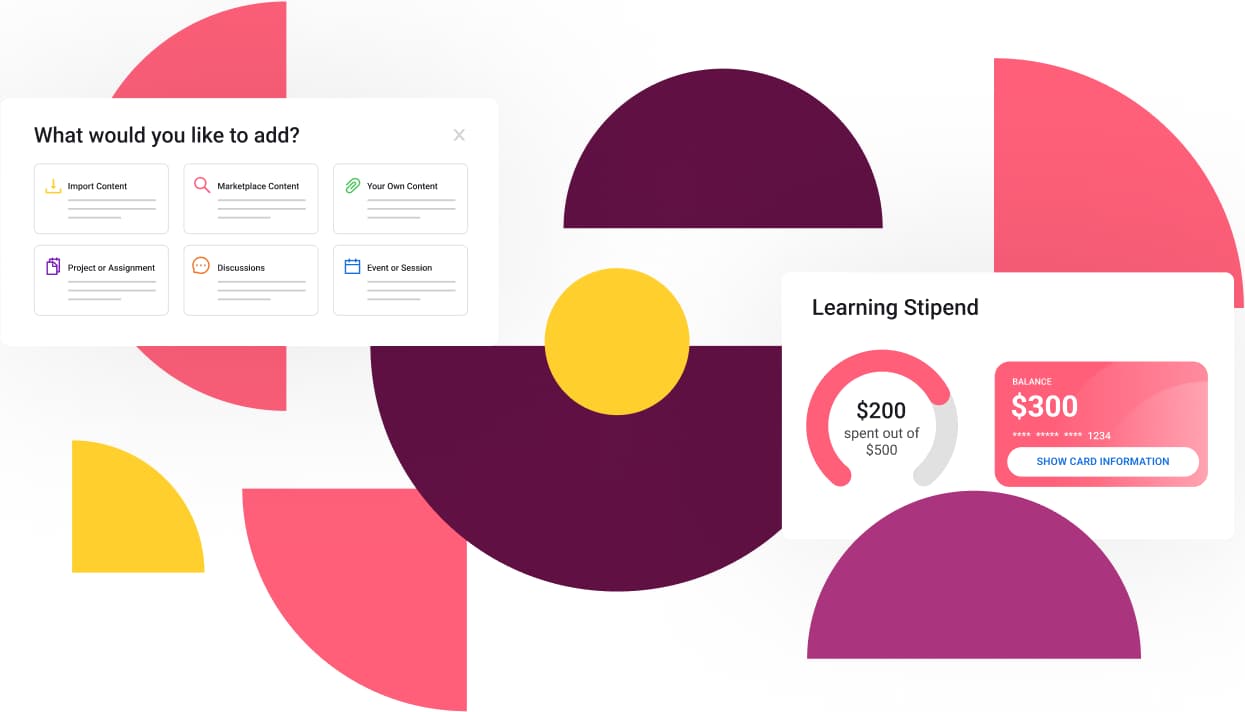HR Myth #4: Your Job Description is Helping You Find Talent
With the current talent wars it is important to change how you write your job descriptions. Make it less stringent and focused on skills not legacy and irrelevant ideas of reputation.
According to Gartner, one of the biggest obstacles companies face in their digital transformation efforts is a lack of qualified candidates for critical jobs. This in part due to the limitations of traditional recruiting and hiring practices that focus on standardized roles and skills requirements.
A Gartner study found that 90 percent of the S&P 100 recruit competitively for the same 39 job roles, and 30 percent of critical roles take more than five months to fill. The Society for Human Resources Management (SHRM) points to “competency creep,” where roles require so many skills that, especially tech skills, “that it becomes a Herculean task for recruiters to source talent among limited pools that fits that broadening bill.”
Roles vs Task
“Legacy HR talent-planning approaches have unwittingly exacerbated the [skills gap] problem by focusing on roles — which group unrelated skills — rather than on the skills needed to drive the organization’s competitive advantage and the workflows that fuel that advantage,” Gartner said. “When tasks and responsibilities change quickly, as they do during business disruption, roles become less and less useful as a proxy for required skills.”
Consider this list of requirements for a Data Scientist–a role facing a shortage of 240,000 employees by 2024–posted on LinkedIn.
These are minimum qualifications? Should someone with two years of experience not apply because the minimum qualification is three years? Finding a relatively junior level scientist with soft skills like “project management” and “driving business decisions” as well as hard coding skills seems like a long shot. If the three years experience is flexible, don’t call it a minimum requirement.
Unbundling Jobs
The combination of a growing digital skills shortage and the shelf life of tech skills shrinking to 2-3 years is leading some companies to rethink the design of jobs and skills acquisition, according to SHRM. One trend is “unbundling” roles and breaking down jobs into functions that can be done by a new employee, one borrowed from elsewhere in the organization, or outsourced to a contractor.
“We know of one company who decided it could hire for a baseline of technical and mathematical skills for data scientists, and then either outsource or upskill for the business skills and communication abilities also needed in that role,” Gartner’s Lynda Johnson told SHRM. “Instead of chasing rare talent, these companies often change the work and the job roles instead.”
But to unbundle jobs you need to have a talent building system in place that can:
- Identify the baseline job requirements
- Match internal or contracted resources with short-term work to supplement an employee’s learning curve
- A learning and development program to train new hires on the job
- An ongoing needs assessment to build in upskilling and reskilling
Building the Workforce of the Future
Gartner calls businesses to build the “workforce of the future and not the past” by doing five things:
- Analyze skills and job requirements from industry leaders, competitors, and adjacent businesses and compare them to your plans.
- Review and disaggregate critical roles into critical skills, and benchmark them against emerging trends.
- Work with key business partners to help them understand the implications of skills trends to remain aligned as they build the capabilities needed by the workforce of the future.
- Create an enterprise view of talent pipelines for key skills. Create a skill-based workforce plan to determine what skills you need to develop, borrow and buy to move your organization into the future.
- Create a realistic and aspirational talent development and acquisition plan driven by data on the supply-demand profile and critical skills locations. Ask what adjacent skill sets you can develop and hire for competitive advantage.
According to a study by the Brookings Institute, few companies are proactively addressing their skills needs. “HR departments are primarily operational rather than strategic,” the report found. “The authors describe how “lean HR teams” lack the time and resources necessary to focus on strategic recruitment.” Troubling findings include:
- 59 percent of businesses wait until a specific position is needed rather than building talent pipelines.
- 45 percent have no training programs.
- 61 percent don’t have an employee advancement program.
Stay Future-Ready
Unbundling roles into skills and tasks can drive a level of focus on what work needs to be done and what skills are needed to complete that work, and what skills will be needed in the future. This will make it easier to determine how and where to find skills, how long you might need them, and what to look for in short-term and long-term workers. The process will also give you the data for what kind of learning and development programs, from boot camps to short course programs, you can deploy to remain future-ready.
Written By: MICHELLE VOCK, Director of Upskilling Success, Learn In

About Learn In
Learn In is the first talent-building platform designed for companies to solve every barrier that stands in the way of creating tomorrow’s workforce. Organizations use Learn In to identify talent-building goals, design skill-based programs, learn together in cohorts with coaches, and access flexible financing, delivering measurable outcomes for every dollar spent on upskilling the workforce. Co-founded by the founders of Degreed, Learn In is backed by leading edtech & future-of-work investors, including GSV, Album, Firework Ventures, and Village Global, and has been covered in CNBC, USA Today, EdTechReview, EdSurge, and Techcrunch.
For more insights, follow us on LinkedIn, or subscribe to our newsletter to stay in touch.
